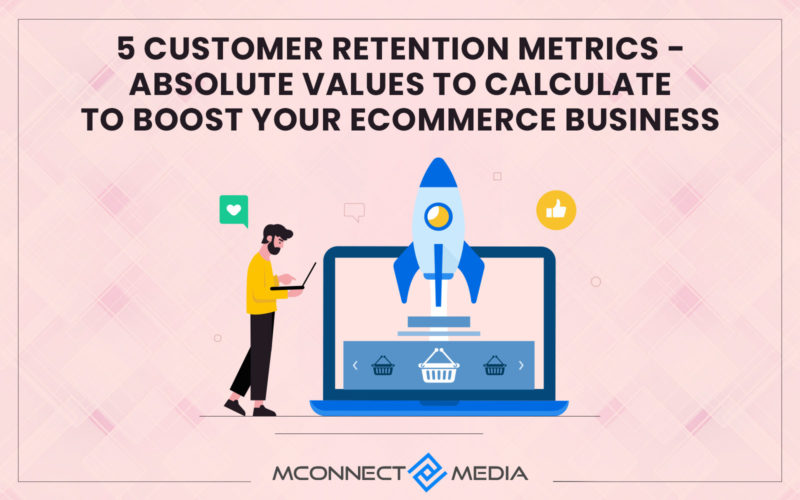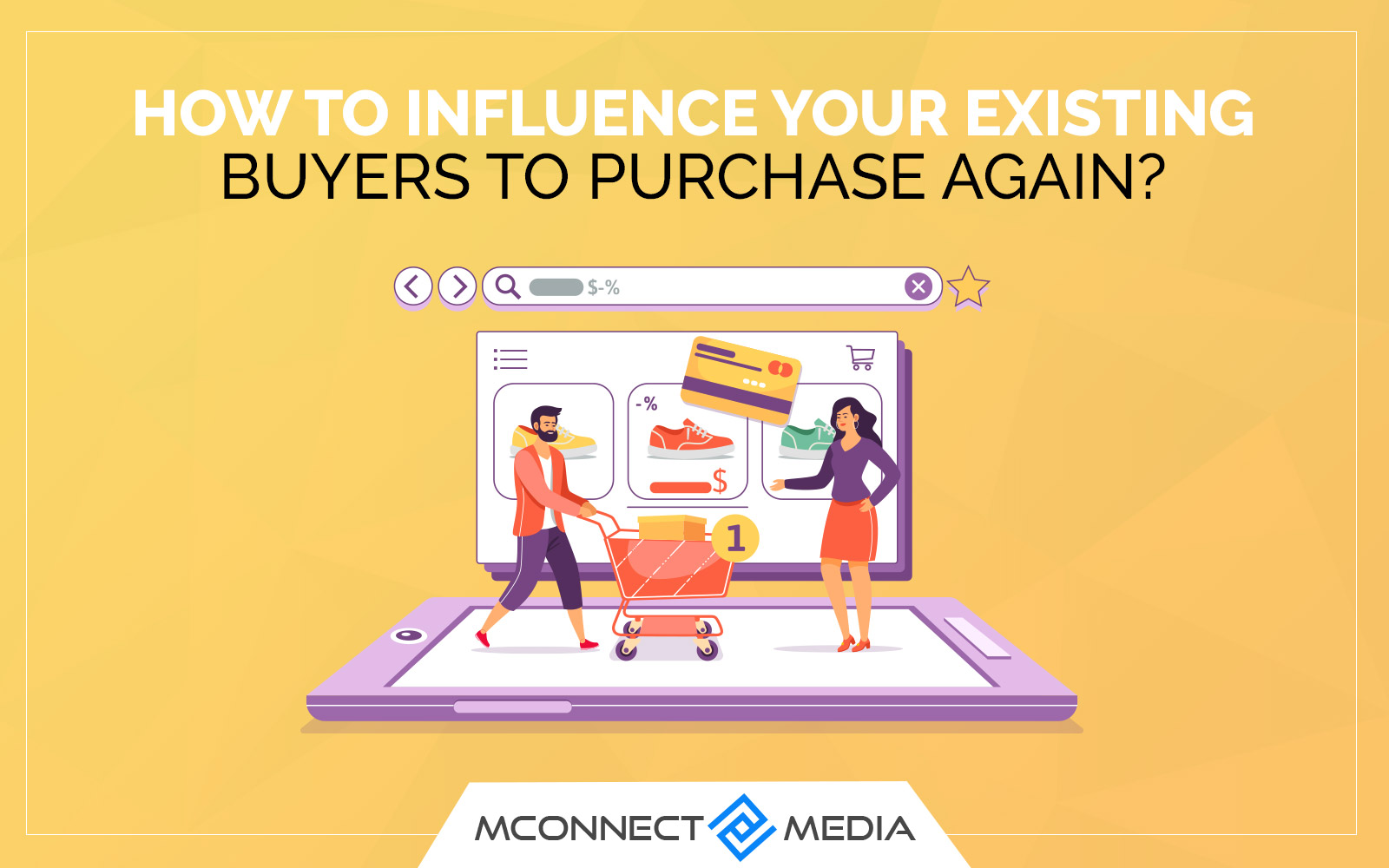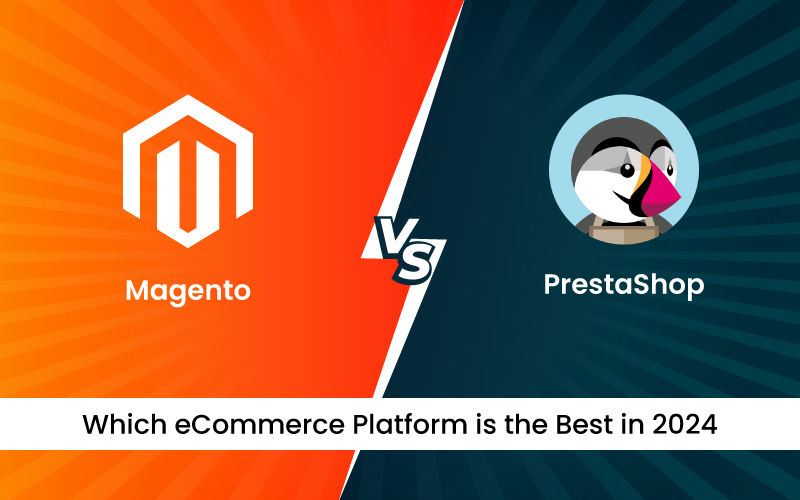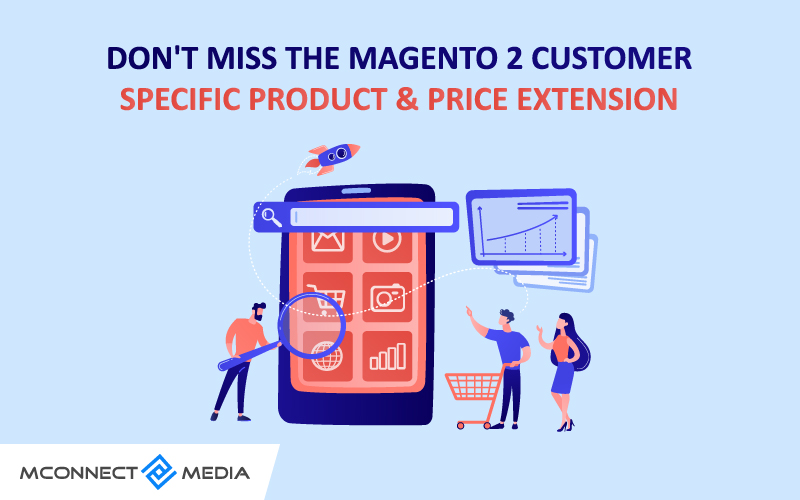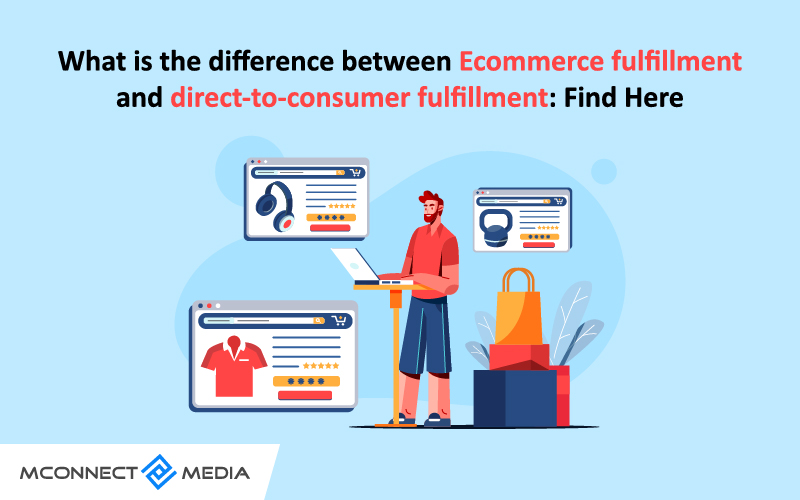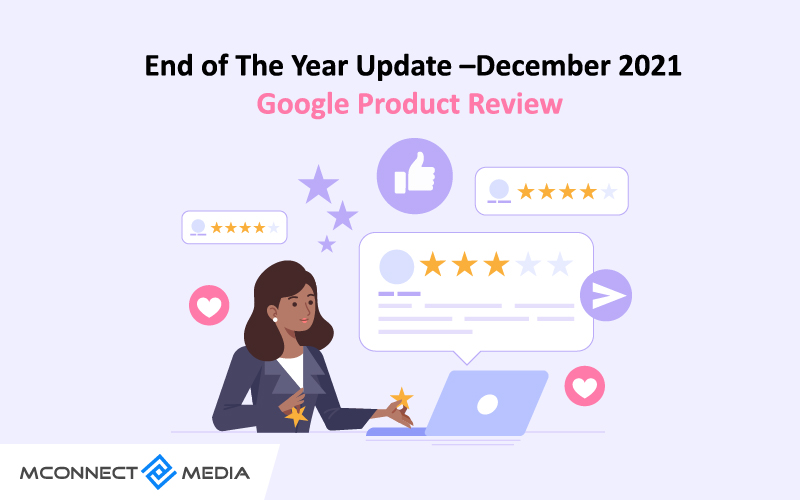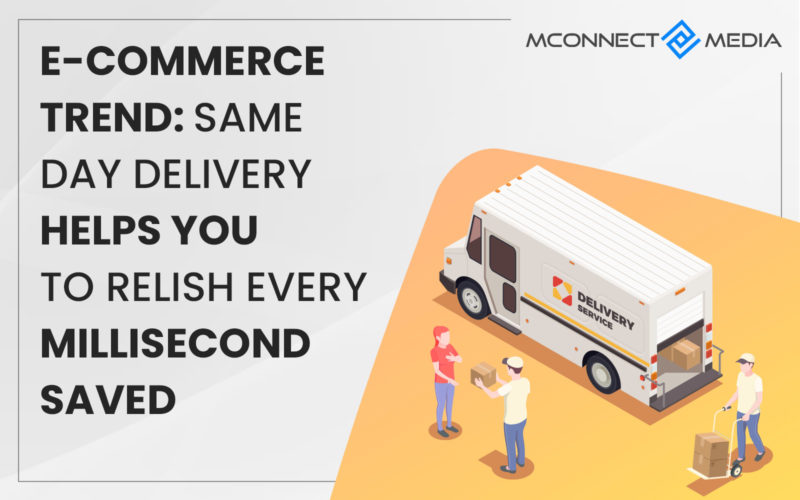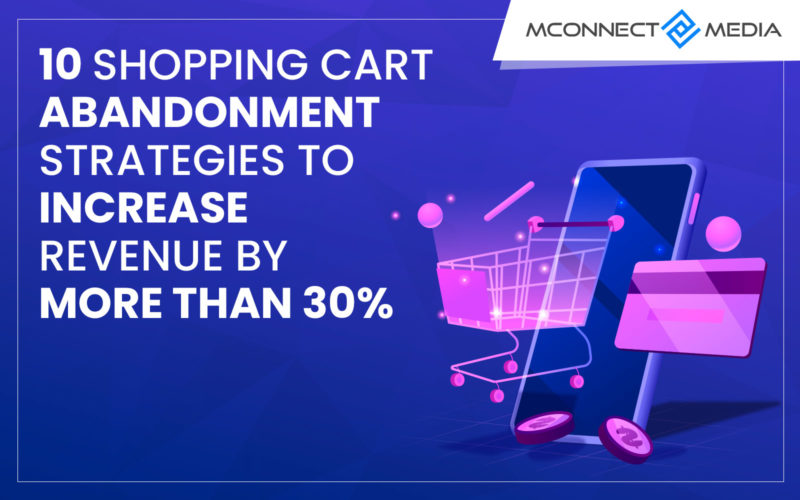“Every company’s greatest assets are its customers, because without customers there is no company.”
~ Michael LeBoeuf
Michael LeBoeuf, an American business author penned the importance of customers applies. Customers are indeed the most important assets of businesses, especially in the E-commerce industry where everything else gets eliminated and your business solely depends on your ability to sell and provide what the consumers expect.
We all know customer acquisition is an important process of business conduction. Introducing new customers to your business is important, but do you know what’s even more important? Customer retention. RJmetrics has an interesting say on customer retention which is that the most successful e-commerce businesses attain more than 50% of their revenue from their existing or you may say returning customers.
What is Customer Retention?
Every action or activity that companies take to retain their customers, or in other words, to reduce customer defections is termed as customer retention. The process of customer retention starts right from their first buy. This is a continuous process which goes through different channels of marketing such as e-mails and SMS to gain customer loyalty for as long as possible. Although, it is very difficult to retain customers for a longer period of time and every eCommerce business owner is bound to lose his customers eventually. But, as the research study by Brain and Company said, even a 5% increase in consumer retention rate can raise profits by 25% to 95%.
Statistics that suggests the importance of customer retention
- Customer acquisition can cost up to five times more than customer retention.
- A mere 2% increase in customer retention rate has the same effect as decreasing the prices by 10%.
- 68% of customers abandon a brand because of the company’s indifference towards their presence.
- 41% of users expect a quick email response within 6 hours which 36% of the U.S companies fail to and 14% of them never respond.
- A 5% increase in customer retention rate has the capacity to boost the profits up to 125%.
Recommended Read: Why Should you Think About Customer Retention?
These stats prove how the survival and growth of e-commerce companies depend on customer retention. Your work is not done when traffic is generated, or you are successful in making the first conversion. The work post that is an ultimate necessity. And to ascertain your steps towards positive customer retention, there are several metrics that could help.
However, which are these metrics and how to calculate them? Let’s have a look!
5 Retention Metrics To Know Where You Stand On Customer Retention
1. Customer Retention Rate
Customer retention rate is the most basic, yet important metric that eCommerce companies need to keep a track on. It denotes the percentage of the customers who have remained loyal to your brand over a certain period of time.
Organizations calculate CRR rate using various formulae, yes, there is no standard equation to determine it. But, the following equation derives accurate results for customer retention.
CRR Rate= ((CE-CN)/CS) * 100
Where,
CE= Number of customers at the end of the period
CN= Number of new customers acquired during that period
CS= Number of customers at the beginning of the period
It will be more clear after you go through this example. Just hypothetically, you have 500 customers at the start of the month. By the end of the month, you have 100 (CN) more customers and have lost 50 of them. Thus, your CE, that is the total number of customers at the end of the period will be 550. So when we put these figures into the equation, you will get:
((550-100)/500)*100)= 90%
This value suggests that you managed to retain 90% of your customers. Maintaining such high retention value should be every e-commerce company’s objective to exploit their acquisition investment.
2. Repeat Order Rate
If you are in the E-commerce business, you must very well know how the rate of repeat customers make you feel. In my opinion, the joy of having repeat customers surpasses the extent of happiness felt at their acquisition. With their growing loyalty, your urge to make the services better increases too.
Recommended Read: Return Shoppers are Profitable to Online Business
However, these things are possible only after you determine whether you do have any repeat purchases and if you do, what is its rate. Calculating the rate of repeat purchases will indicate the how well your retention strategies have worked. Evaluating this metric is simple, all you need is the total number of customers and the number of customers who have shopped more than once in a given time period.
Repeat Order Rate= (No. of customers who shopped more than once/ Total No. of customers) * 100
Let’s put values to this equation taking a total number of customers to be 1000 and repeat customers to be 517 in a month. So, your Repeat Order Rate for that month would be ((517/1000) * 100)= 51.7%.
Higher the repeat order rate for a given period of time, better your business is. You can also conduct a thorough research on this metric using Cohort analysis. With the help of Cohorts, you can easily determine which campaign led the visitors to revisit or reorder on your site.
3. Net Promoter Score
Although it is not a marketing strategy anymore, ‘word of mouth’ does affect the e-commerce industry in a major sense. The positive, as well as the flip side of this business, is that people talk. They share their online experiences with family and friends which can either boost your sales if they have had a good experience or can divert your potential customers.
How likely are you to recommend this product or brand to your friend/colleague/relative from a scale of 0 to 10?
Many of the E-commerce companies started asking this question to their customers that could determine how well would they perform when promotion via their customers is concerned.
This is a powerful metric because not only you would come to know whether you are going to get recommendations, but also because you can have a fair idea of whether that particular customer is going to order again from that score. Now, we all know that there is always a gray area along with white and black. According to the scores you receive, customers can be divided into three categories:
- Detractors (0-6) are consumers who are not very happy with your product or services. There are three things you can confirm about these people, one, they will never order from your site again; second, they most possibly could convey your unreliability to their friends and family; third, they might ruin your brand’s reputation on social forums.
- Passives (7-8) are the ones who are satisfied with your brand, but, they might not go farther than that. They don’t promote or share their experience via any medium. The deciding factor of passives is that they can get tempted by competitive offers as well as your offers. They can be brought back with apt retention strategies.
- Promoters (9-10) are your valuable customers who will go to their maximum limits to make people know that they are using your brand. These people have the potential to attract organic conversions for you.
Now, calculating your Net Promoter Score is easy to calculate. All you need is to do is to subtract the percentage of Detractors from the percentage of Promoters. We highly recommend you to use NPS tools which ask for the feedback during the purchase itself as an extra mail in customer’s inbox equals to annoyance and nothing else. Make sure you track this metric to make assurance on your performance and strategize fitting retention plans.
4. Customer Lifetime Value
The inappropriate ratio of customer acquisition investment and their lifetime value is the reason why startups see more failure than success. It is imperative to understand and determine a customer’s lifetime value which is a direct projection of the expected revenue from that particular person.
Recommended Read: How to Influence your Existing Buyers to Purchase Again?
Customer lifetime value is based on his previous purchasing patterns. This important metric gives a plain view of a customer’s probable buying capacity from your store and all you have to take care of is not to invest more in acquiring or reacquiring such customers.
Although you can involve many variables in calculating this metric, Hubspot shared an easy formula of deriving the total customer value. It includes three variables, average order value, the number of repeat orders, and average retention time.
Customer Lifetime Value= (Average Order Value) * (Number of repeat orders) * (Average Retention Time)
Average order value can be determined by calculating the average of a customer’s order value till date. A number of repeat orders represent how many orders has that person placed up until now and the last variable, average retention time is the average interval of time after which the customer tend to make another purchase.
Keep a check on this metric to ascertain whether your retention strategies are working. This metric will also introduce you to potential loyal customers who may stick with you for a very long period of time. Using that knowledge in creating specialized marketing campaigns targeting that group of people may boost your ROI.
5. Offer Redemption Rate
Offering discounts have been the most used approach to retain the customers. Last minute coupons on cart abandonment, the signing up the discount coupon, flash sale coupons, etc. are some of the examples of the discounts offered.
However, how many of these coupons are redeemed? How many of the customers actually pay heed to your offer and return as a customer?
That’s what this metric will tell you, your redemption rate. And, your redemption rate will make the scenario clear about how your customers are responding, are they taking any actions on the coupons issued, and if yes, how many of them are returning to make a purchase. This particular metric is extremely useful also in determining the efficacy of your offers. Here is the simplest formula for calculating redemption rate of any offer:
Redemption rate= No. of coupons redeemed/ No. of coupons issued
These are some of the customer retention metrics that every E-commerce business should keep a track on. Without working on these numbers, it is all about shooting in the dark, you keep on making a target without even knowing whether you are hitting it or not. Let’s not do that and be precise over these metrics to make an apropos plan for a better retention rate!


